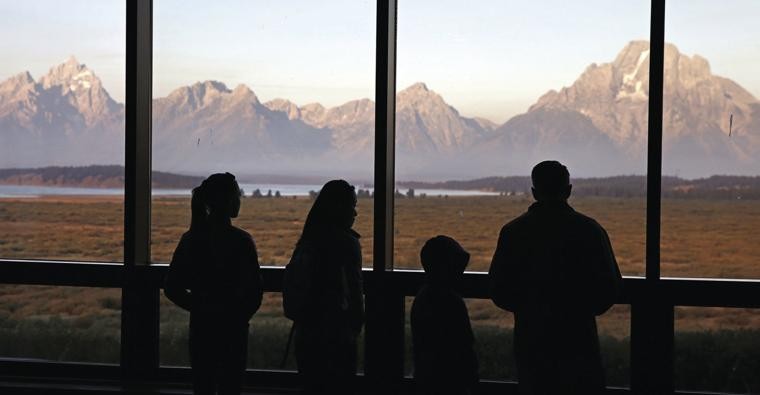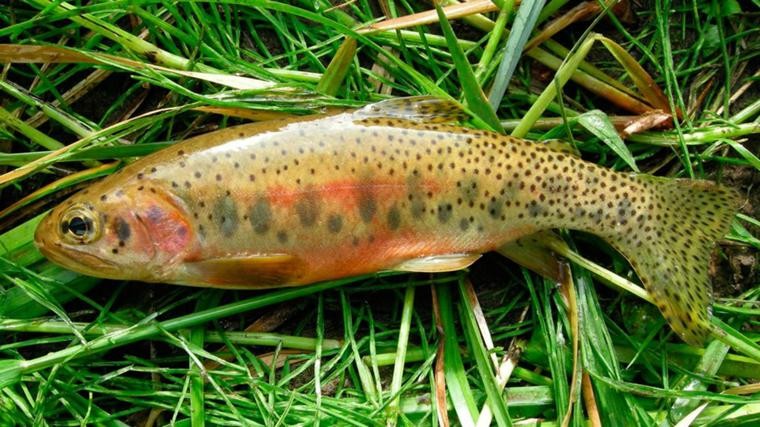Grand Teton National Park has announced the opening dates for campgrounds, roads and other facilities.
The Gros Ventre and Jenny Lake campgrounds are open now. Other campgrounds are slated to open this weekend — Signal Mountain and Colter Bay campgrounds — and others will open toward the end of the month or the beginning of June.
Lodging will open with the Signal Mountain Lodge starting May 10. Other lodges — Jackson Lake Lodge, Colter Bay Cabins, Triangle X Ranch, Jenny Lake Lodge and Headwaters Lodge at Flagg Ranch — open later in May and the first of June.
The Grand Teton Climbers’ Ranch (which offers simple cabins for climbers) will open June 8.
The Craig Thomas Discovery and Visitor Center opened April 1. The Colter Bay Visitor Center will open May 10. Other visitor centers in the park, such as the Jenny Lake Visitor Center will open the first week of June.
The Jenny Lake Ranger Station will open for business June 1.
The Teton Park and Moose-Wilson roads opened to motorized traffic May 1. Other roads, such as the Signal Mountain Summit Road, Grassy Lake Road and Two Ocean Road, are not plowed and still have some drifted snow. These roads are expected to open by mid-June depending on the weather.
For additional information about activities and services within Grand Teton National Park or the John D. Rockefeller, Jr. Memorial Parkway, visit the park’s website at nps.gov/grandteton, stop by open visitor centers or call 307-739-3300.
The park entrance fee is $35 per vehicle, $30 per motorcycle or $20 per person. An annual park pass is $70. A two-park pass for both Grand Teton and Yellowstone national parks is no longer available. The Interagency Annual and Lifetime Senior passes, valid for entrance at most federal recreation sites including national parks, is $80.


